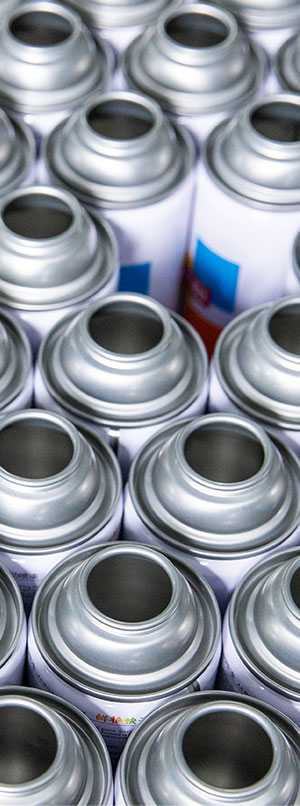Picking the wrong silicone sealant can doom your entire aquarium. Whether you are building a new custom tank, repairing a leak, or just installing a sump baffle, the sealant aisle is a confusing place. You see tubes labeled “100% Silicone,” “Waterproof,” and “Mold-Resistant.”
If your choice is based on guesswork, you risk a hidden disaster. It’s not a leak, but a chemical one that can slowly harm your fish and invertebrates.
Before you buy that tube, stop. This guide breaks down the multiple chemical risks in common sealants. This guide will help you read the label and understand the critical difference between an aquarium-safe sealant and a toxic one.
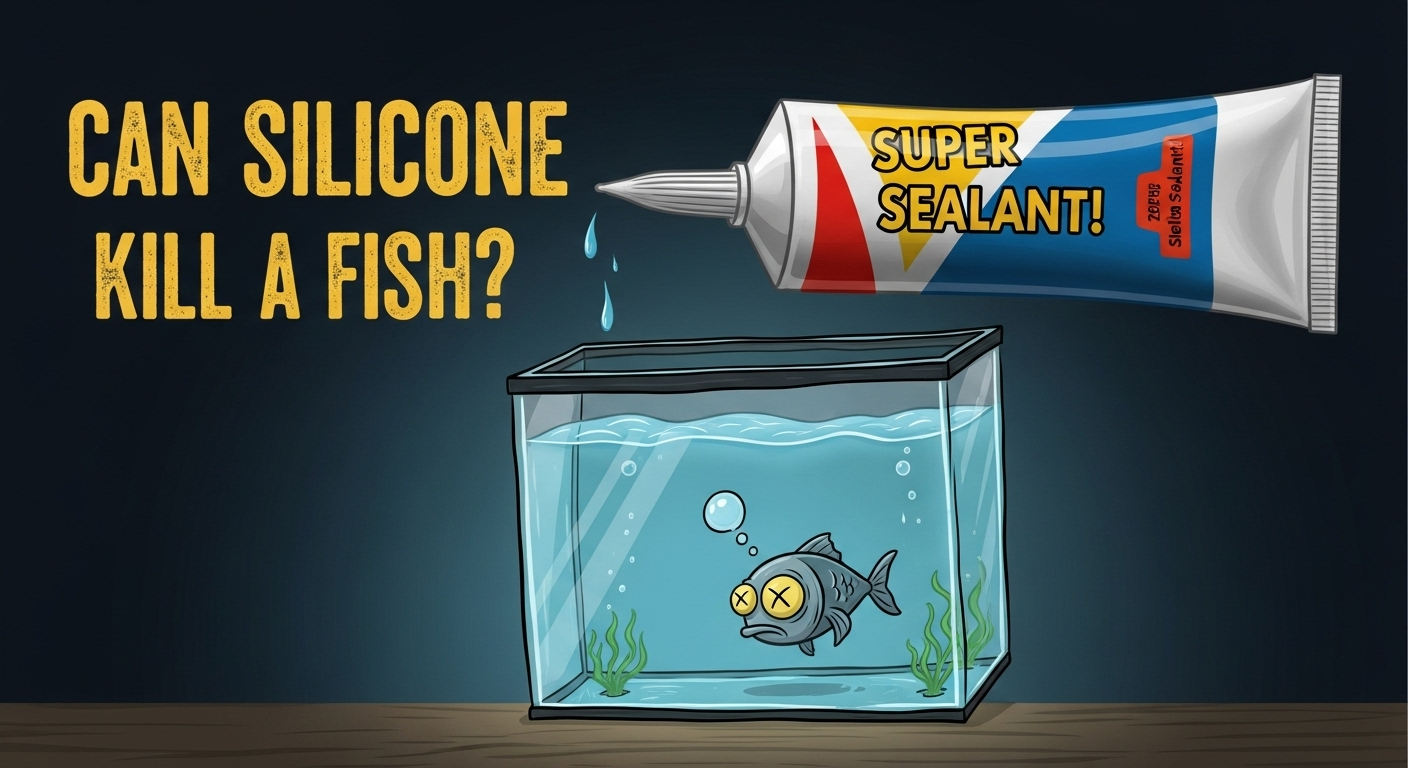
The Hidden Hazards: What Makes a Sealant Toxic to Fish?
So, can silicone sealant kill fish? Yes, but not silicone itself. From a chemical perspective, there are three primary ways a sealant can poison an aquatic environment.
Risk #1: Intentional Additives (Fungicides & Biocides)
This is the most common and dangerous mistake. Many sealants, especially those for “Kitchen & Bath” or “Sanitary” use, are designed to fight mold. To do this, they are loaded with fungicides (also called biocides).
A fungicide is a poison. Its only job is to kill living organisms (mold).
In your shower, this is fine. In your aquarium, it’s a disaster. These chemicals are not designed for permanent submersion and will leach (slowly dissolve) out of the silicone and into your water.
Risk #2: Impure Formulation (Fillers, Solvents & Migrating Plasticizers)
Many inexpensive or “general purpose” sealants are not 100% pure silicone, even if the label is tricky. To cut costs or add specific properties (like being paintable), manufacturers add “fillers.”
- Fillers (like calcium carbonate): These can break down under water over time, potentially altering your water’s hardness (kH/gH) and stability.
- Migrating Plasticizers (Phthalates): These are often found in “paintable” silicones. They can leach out and act as endocrine disruptors, harming the long-term health and reproduction of your fish.
* (Expert Note): You may see “plasticizer” on some high-end silicone spec sheets. This usually refers to a non-migrating silicone fluid used to adjust the sealant’s final hardness (modulus). This type is part of the silicone polymer family, is inert, and is not the same as a toxic, leaching phthalate. - Solvents (like toluene or xylene): Found in some industrial-grade sealants, these are acutely toxic to all aquatic life.
If a sealant boasts that it is “paintable,” you should consider it unsafe for aquarium use.
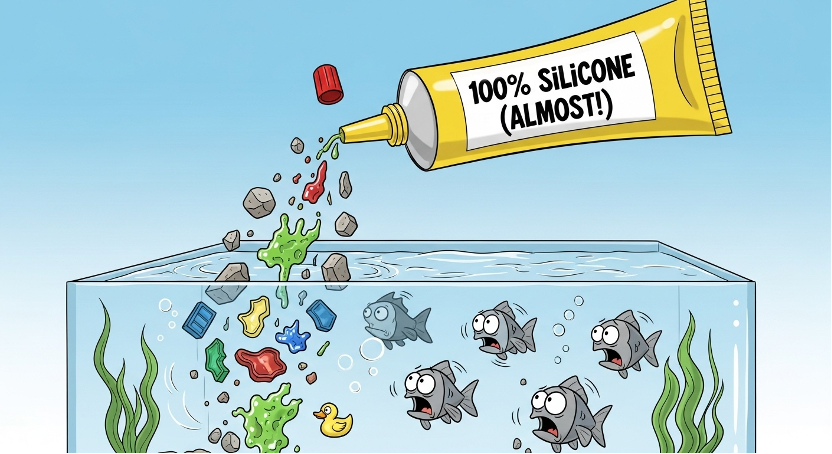
Risk #3: Unsafe Curing Chemistry (The Cure Type)
This is a more technical risk, but it’s critical. Silicone cures by reacting with moisture in the air. The chemical byproduct of this reaction matters.
- The “Safe” Standard: Acetoxy Cure. This is the one you want. It is acidic and releases acetic acid as it cures—this is that strong vinegar smell. Once fully cured and rinsed, it is perfectly inert and harmless.
- The “Risky” Standard: Neutral Cure. This is a broad category, and you must be careful. Some neutral-cure types are dangerous:
- Oxime Cure: Releases chemicals like Methyl Ethyl Ketoxime (MEKO). MEKO is a known skin irritant and suspected carcinogen, and it is not considered safe for aquatic environments.
- Alcohol Cure: May release methanol (methyl alcohol), which is toxic.
Unless a neutral-cure sealant is explicitly rated as “Aquarium-Safe” by the manufacturer, you should avoid it and stick to the proven acetoxy-cure.
The Critical Application Error: The Risk of Incomplete Curing
This risk is not about the product you buy, but the process you use. You can buy the perfect, 100% pure acetoxy silicone and still kill your fish by being impatient.
Many people confuse “tack-free” (dry to the touch) with “fully cured.” They are not the same.
Silicone cures from the outside-in. A thick bead of sealant might feel solid in 24 hours, but the inside is still a wet, acidic paste.
If you add water too early, that uncured silicone will release its remaining acetic acid directly into the water. In a closed system like a tank, this will cause a sudden pH crash. This acidic water will chemically burn your fishes’ gills, leading to stress, suffocation, and rapid death.
How to Identify a Truly Aquarium-Safe Silicone
Now that you understand all the risks, here is a simple checklist. This is what aquarium safe silicone looks like. It must meet ALL three criteria:
- Must Be 100% Pure Silicone: This ensures it avoids Risk #2 (fillers, solvents, and plasticizers).
- Must Have ZERO Fungicides: This ensures it avoids Risk #1 (additives). Look for “mold-resistant” or “sanitary” on the label and avoid those tubes.
- Must Be an Acetoxy-Cure: This avoids Risk #3 (unsafe curing chemicals). Look for the “vinegar smell” as your positive sign.
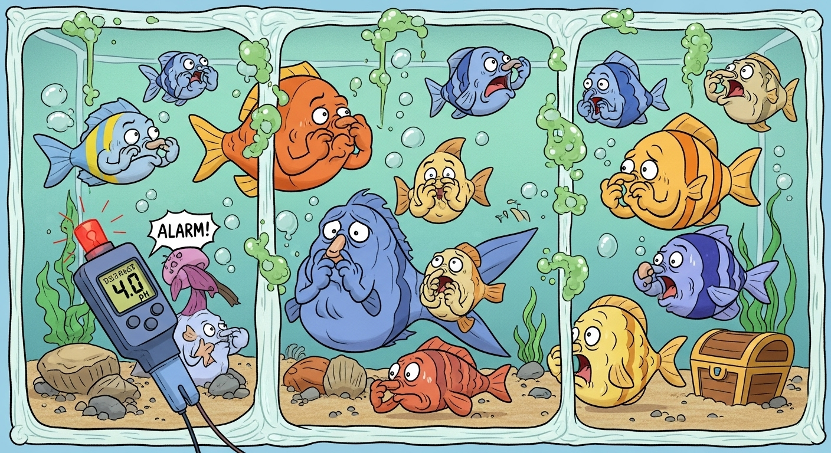
The Professional Guideline for Safe Application
Buying the right product is half the battle. Using it correctly is the other half. This is how you prevent the application error from Section 3.
- Wait for a Full Cure: Be patient. This is not 24 or 48 hours. For a proper aquarium seal, you must let it cure in a well-ventilated area for a minimum of 7-10 days. If the bead is very thick or the air is very dry, wait even longer.
- Rinse and Neutralize: After it is 100% cured, fill the tank completely. Let this water sit for 24 hours. This will safely dissolve and neutralize any harmless acetic acid film on the surface.
- Drain and Refill: Drain all of that first-fill water, give the tank a final rinse, and then refill. Your tank is now completely inert, stable, and safe for its inhabitants.
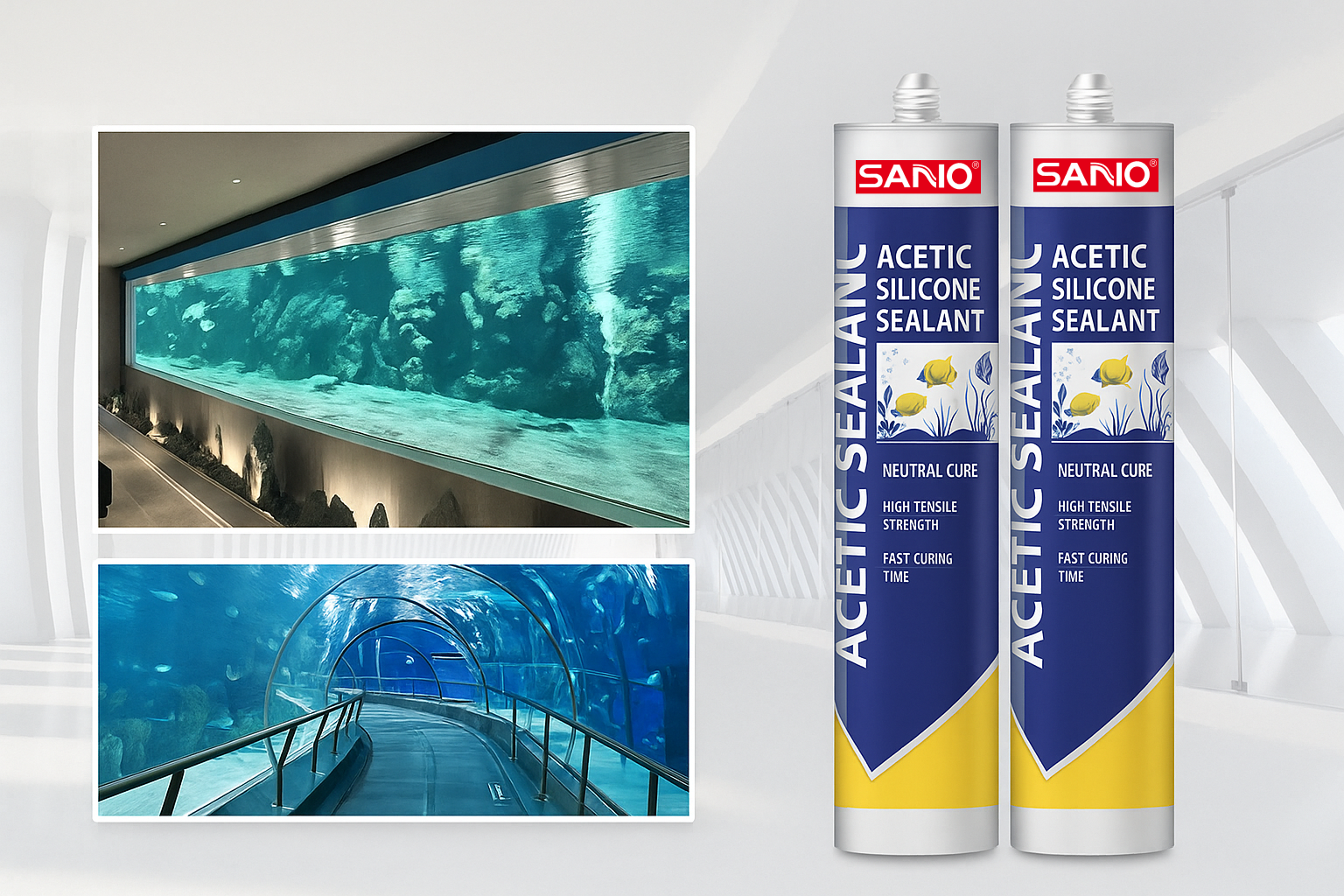
Final Words from SANVO
For hobbyists and professional builders who require a product engineered to meet these precise chemical standards, SANVO offers its Acetic Structural Silicone Sealant (TB053).
This formula is specifically designed for permanent, safe submersion with living organisms. It meets the gold standard we’ve outlined by guaranteeing:
- Zero Fungicides or biocidal additives.
- A stable, 100% silicone Acetoxy-Cure system.
- A formulation free of the harmful, leaching plasticizers (like phthalates) or solvents that can endanger aquatic life.
The components in TB053, including its non-migrating silicone fluids, are specifically chosen to optimize strength and durability while remaining inert and non-toxic in the aquatic environment. It is the professional’s choice for a stable bond you can trust.

